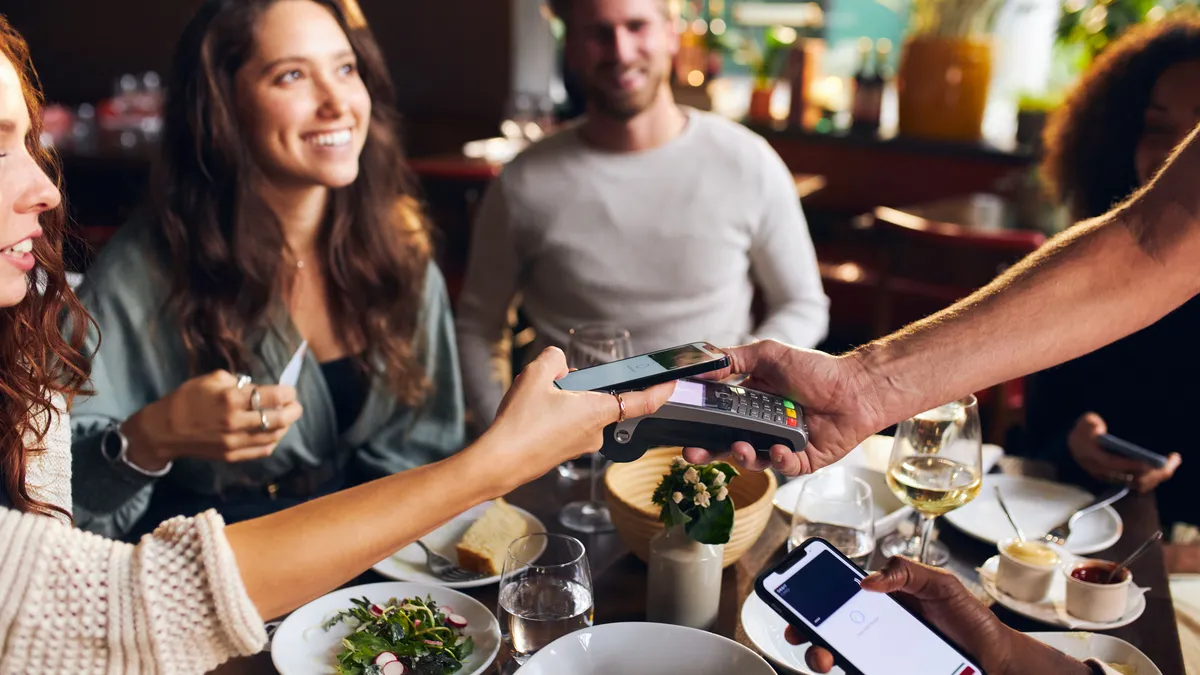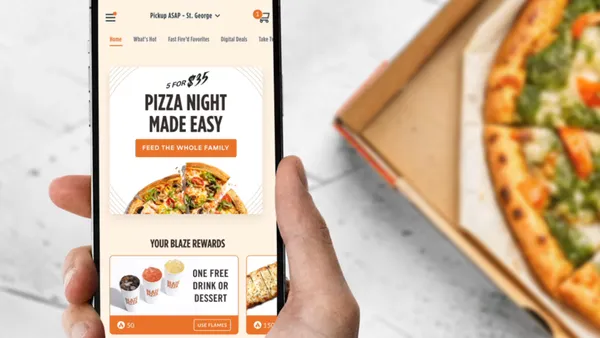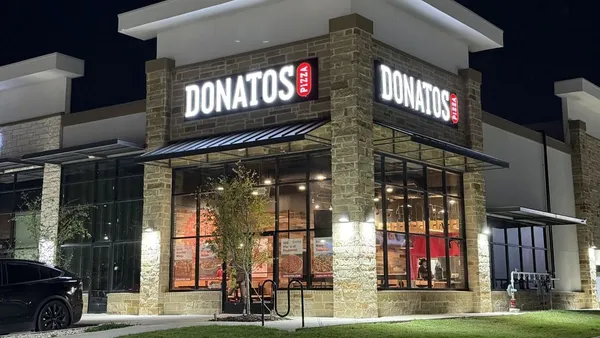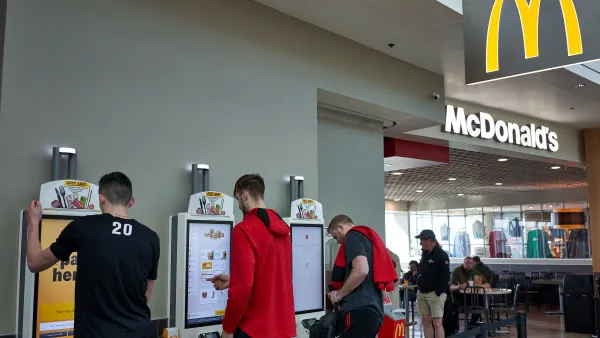Restaurant operators quickly learned to adopt contactless ordering and payment because of the pandemic, but customers, young and old, have embraced these technologies. Self-service, contactless ordering, and payment are popular in specific sectors, such as fast-food and coffee chains. The technology offered customers a convenient and fast way to purchase and pay for food while skipping the long lineups. The fast-casual and dine-in restaurants took little time to transition over. Users are impressed by the technology's efficacy in managing issues like labour and supply chain shortages, lockdowns and delivery. Another benefit is the integrated software into the restaurant's point of sale (POS) touchpoints. Transactions are tracked in real-time, which makes reconciliation a breeze.
Today, self-service and contactless solutions have a permanent home in the restaurant industry, and the technology that was once considered a trend is now part of the mainstream.
Contactless Ordering:
The benefit of contactless ordering is that it allows customers to view the menus and place an order without the assistance of an order taker or wait staff. In fast-casual and dine-in settings, guests can scan a QR code to access a digital menu on their mobile phone. Restaurant managers can change the menu on the spot if they run out of specific inventory. They can update to promote daily specials, advertise new items, and alert customers to upcoming offers, leading to increased visits and sales.
Branded Mobile Apps:
Restaurants that invested in a custom app have little regrets as the app helped increase their brand visibility and remain competitive. Mobile devices are used more than ever, and consumers are using them to view menus, order and pay for their food in advance. A well-designed app makes it easier for customers to locate your restaurant with GPS tracking, provides multiple + preferred payment options, includes a reservation system, offers delivery/pick-up options, has integrated loyalty, enables order tracking, includes promotions and push notifications, and provides customer support. Most importantly, unlike third-party app providers, a branded mobile app allows restaurants to manage customer relationships directly.
Online Ordering Software:
Third-party delivery apps fundamentally changed how customers ordered food, but high service and delivery fees ate into the profits of the restaurant owners, making it impossible to get ahead. By developing their online ordering website and offering delivery and pick-up services, restaurants learned that they could generate sales without third-party assistance and keep their profits. Customers expect restaurants to have online ordering, and many prefer to order directly from the branded site. Online ordering allows customers to access their favourite restaurants from any device, such as smartphones, tablets, and PCs. Sites integrated directly into the POS will process transactions in real time and direct the orders to the kitchen display systems where they are prepared. In addition to generating cash flow, online ordering reduces human error with manual order entries, thus reducing food waste. The right online ordering software helps you keep track of your customer data and provides a platform for marketing opportunities.
Self-Service Kiosks:
Standalone kiosks have come a long way from reserving a parking spot and checking into your flight when travelling. Given the labour challenges and increasing customer demand for flexibility and self-service options, food service kiosks will play an increasingly important role in the future. Kiosks are an extension of your point of sale, delivering a seamless experience to your customers whether they are ordering online, in-app or on-premises. Strong evidence suggests that customers spend more when ordering from a Kiosk, so tightly integrated Kiosks can significantly complement your business if your menu is well-designed with embedded upselling opportunities.
Branded Digital Gift Cards:
A study by Fiserv found that 33% of those surveyed said they load gift cards into a mobile or digital wallet. Nearly half of those using digital wallets use Apple Pay and Google Pay. Digital card sales increase over the holidays and generally account for 33% of revenue for retailers. Consumers, however, are purchasing cards for personal use to help them budget their spending, and cards are now being sold all year round for special occasions. Having consumers register their gift cards online allowed merchants to collect customer data and connect with them through promotional offers. Both physical and digital cards benefit the merchant – first, there is the advance revenue they receive when a gift card is purchased, and there is the benefit from the potential lift (over 7-24%) once the card is redeemed.
Contactless technology aligns perfectly with urgent customer demands for personalized experiences, autonomy and convenience. We have all heard that retaining existing customers is much more complicated than acquiring new ones. Today's consumers have never had so many options; software such as online shopping, mobile payment, and kiosks have captivated a generation of businesses and consumers.










